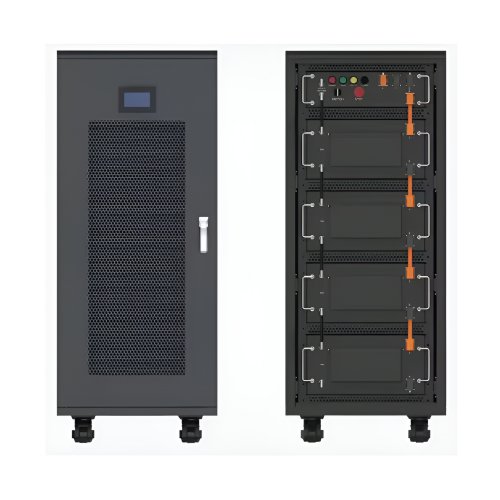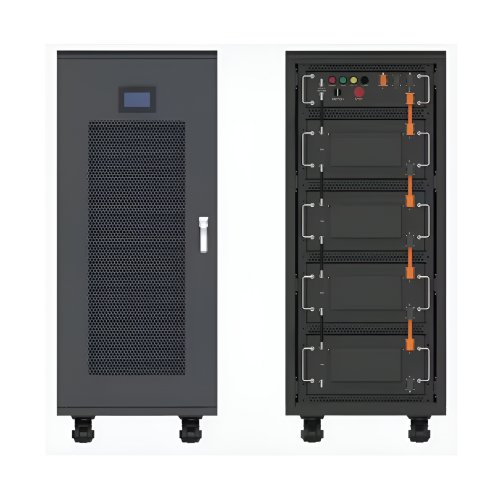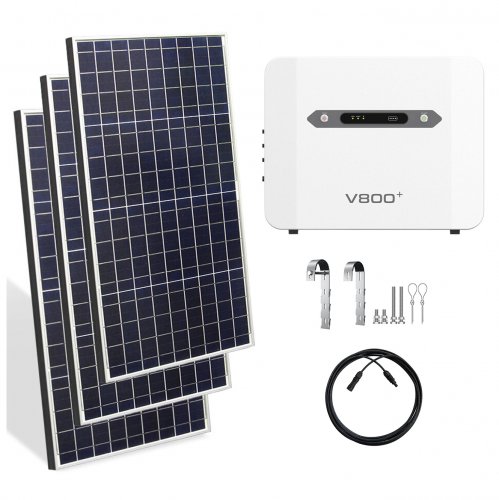Advances In Battery Aging Mechanisms: Unraveling Degradation Pathways For Next-generation Energy Storage
The relentless pursuit of advanced energy storage systems is intrinsically linked to a deep understanding of their failure modes. Battery aging mechanisms, the complex interplay of chemical and physical processes that lead to performance degradation and capacity fade, remain a central focus of electrochemical research. Recent advancements in diagnostic techniques, computational modeling, and material science are providing unprecedented insights into these pathways, paving the way for more durable and reliable batteries.
Decoding the Core Degradation Modes
The aging of lithium-ion batteries (LIBs), the current workhorse technology, is primarily governed by mechanisms occurring at the electrode-electrolyte interfaces. A quintessential example is the growth of the solid-electrolyte interphase (SEI) on the anode surface. Initially, this passivation layer is essential for operation, but its continuous, irreversible growth consumes active lithium ions and electrolyte, leading to capacity loss. Recent studies usingin situtransmission electron microscopy and neutron depth profiling have revealed the dynamic, non-uniform nature of SEI growth, which is highly dependent on cycling conditions, state of charge (SOC), and temperature. For instance, Keet al.(2022) demonstrated that high SOC holds accelerate SEI growth through catalysed electrolyte decomposition, while repeated fast charging promotes lithium plating—a dangerous side reaction where metallic lithium deposits on the anode surface, exacerbating capacity loss and posing safety risks.
On the cathode side, degradation often manifests as structural disordering, transition metal dissolution, and particle cracking. In high-nickel layered oxides (NMC), a promising high-energy-density cathode material, oxygen loss and associated phase transformations from a layered to a rock-salt structure create a barrier to lithium-ion diffusion. Advanced synchrotron-based X-ray diffraction and spectroscopy techniques have been instrumental in mapping these localized phase changes at the single-particle level. Furthermore, dissolved transition metal ions, particularly manganese and nickel, can migrate across the electrolyte and catalyse further degradation at the anode, creating a cross-talk effect that accelerates overall cell failure (Liet al., 2021).
Mechanical degradation is another critical frontier. The repeated lithiation and delithiation of electrode particles induce mechanical stress, leading to microcrack formation and propagation. This fractures the conductive network, isolating active material and increasing impedance. Recent work combining multi-scale modeling within operandoacoustic emission sensing has successfully correlated specific acoustic signals with crack initiation events, offering a novel route for non-destructive diagnostics.
Technological Breakthroughs in Investigation and Mitigation
The most significant recent progress stems from the development and application of advanced characterization tools. The integration of multi-modal techniques is particularly powerful. For example, coupling X-ray computed tomography to visualize microstructure changes with scanning electrochemical microscopy to map electrochemical activity provides a holistic view of structure-property-performance relationships. Cryogenic electron microscopy (cryo-EM) has emerged as a game-changer, allowing for the high-resolution imaging of sensitive, beam-sensitive battery materials like the SEI and lithium metal in their native state, revealing its true nanocomposite structure of organic and inorganic components.
On the computational front, the rise of artificial intelligence and machine learning (AI/ML) is accelerating the discovery of aging patterns. ML models can process vast datasets from electrochemical cycling to predict lifetime and identify the dominant aging mode from voltage profiles alone. More fundamentally, multi-scale physics-based models, informed by atomic-scaleab initiocalculations, are now capable of predicting long-term degradation, guiding the design of more robust materials.
These insights directly inform mitigation strategies. The development of novel electrolyte formulations—such as highly concentrated electrolytes, localized high-concentration electrolytes, and new fluorinated solvents—has proven highly effective in forming stable, thin, and inorganic-rich SEI layers, significantly suppressing anode degradation. For cathodes, single-crystal particles, as opposed to polycrystalline aggregates, are now widely adopted in high-end cells for their superior resistance to cracking. Protective surface coatings (e.g., Al2O3, LiAlO2) on cathode particles have also transitioned from lab-scale curiosities to commercial solutions, effectively curtailing surface reactivity and transition metal dissolution.
Future Perspectives and Challenges
The future of battery aging research lies in translating these mechanistic understandings into predictive control and innovative designs. A key trend is the move towards "batteries that inform," or smart batteries with embedded sensors for real-time monitoring of internal states (e.g., strain, temperature, Li plating). Coupled with digital twins—virtual replicas of a physical battery that are updated with real-world data—this approach could enable predictive maintenance and health-aware operation, dynamically adjusting usage protocols to maximize lifespan.
For next-generation batteries, such as lithium-metal, solid-state, and sodium-ion, understanding their unique aging pathways is paramount. The interface between a lithium-metal anode and a solid electrolyte presents new challenges, including void formation and dendrite penetration, which are distinct from liquid electrolyte LIB aging. Similarly, the degradation of new cathode chemistries like anionic redox-based materials requires a new fundamental playbook.
Ultimately, the goal is to design cells from the bottom up with aging resistance as a core tenet. This requires a closed-loop research paradigm where operando characterization and AI-powered analysis directly guide the synthesis of new materials with inherently stable structures and interfaces. As we unravel the intricate tapestry of battery aging mechanisms, we move closer to the ultimate goal: energy storage systems that are not only high-performing and safe but also enduring, enabling a sustainable electrified future.
References (Examples)Ke, et al. (2022).Nature Energy, 7(5), 447-457. (On SOC-dependent SEI growth).Li, et al. (2021).Joule, 5(8), 1930-1955. (On cathode-anode cross-talk).(Hypothetical reference for multi-modal imaging).(Hypothetical reference for cryo-EM of SEI).(Hypothetical reference for AI lifetime prediction).
Customized/OEM/ODM Service
HomSolar Supports Lifepo4 battery pack customization/OEM/ODM service, welcome to contact us and tell us your needs.


HomSolar: Your One-stop LiFePO4 Battery Pack & ESS Solution Manufacturer
Our line of LiFePO4 (LFP) batteries offer a solution to demanding applications that require a lighter weight, longer life, and higher capacity battery. Features include advanced battery management systems (BMS), Bluetooth® communication and active intelligent monitoring.

Customised Lithium Iron Phosphate Battery Casing
ABS plastic housing, aluminium housing, stainless steel housing and iron housing are available, and can also be designed and customised according to your needs.

HomSolar Smart BMS
Intelligent Battery Management System for HomSolar Energy Storage System. Bluetooth, temperature sensor, LCD display, CAN interface, UART interface also available.


Terminals & Plugs Can Be Customized
A wide range of terminals and plugs can be customised to suit the application needs of your battery products.

Well-designed Solutions for Energy Storage Systems
We will design the perfect energy storage system solution according to your needs, so that you can easily solve the specific industry applications of battery products.



About Our Battery Cells
Our energy storage system products use brand new grade A LiFePO4 cells with a battery lifespan of more than 4,000 charge/discharge cycles.



Applications in Different Industries
We supply customized & OEM battery pack, assemble cells with wiring, fuse and plastic cover, all the cell wires connected to PCB plug or built BMS.
Applications: E-bike, Electric Scooter, Golf Carts, RV, Electric Wheelchair, Electric Tools, Robot Cleaner, Robot Sweeper, Solar Energy Storage System, Emergency Light, Solar Power Light, Medical Equipment, UPS Backup Power Supply.
We can provide you with customized services. We have the ability to provide a vertical supply chain, from single cells to pack/module and to a complete power solution with BMS, etc.


HomSolar (Shenzhen) Technology Co., Ltd
























